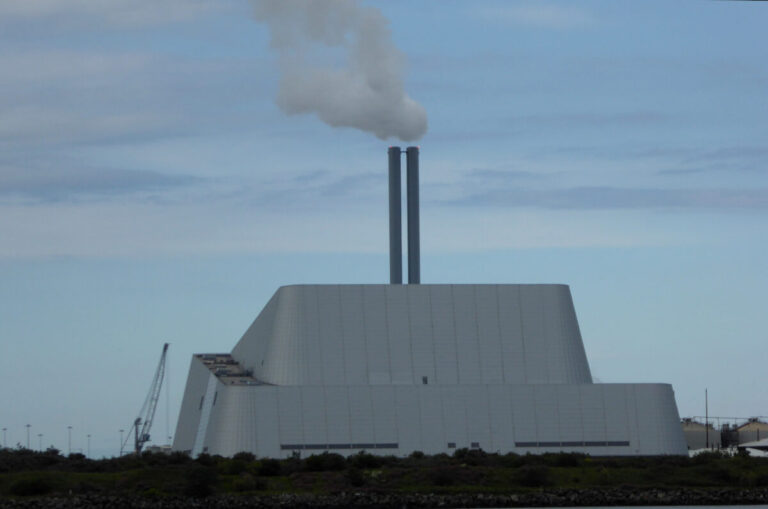Researchers have simulated the addition of PV installations and waste-to-energy systems in Iraq’s Al-Gharab region, which is experiencing power outages, and identified the optimal size and locations for these hybrid plants, with the LCOE increasing by 7 .7% has fallen.
A group of scientists from Iraq have explored the use of a hybrid PV and waste-to-energy (WTE) system to support the electricity grid in the country’s Al-Gharab region. This region covers planned power outages that are implemented during periods of high electricity demand, especially in summer.
The Al-Gharab distribution network contains 38 bus loads, with a total active power demand of 7.25 MW and a total reactive power of 5.18 Mvar. The system has a nominal power of 10 MVA and a base voltage of 11 kV.
To support the network with PV and WTE, the group used Open Distribution System Simulator (OpenDSS) software to determine the optimal placement and size of the distributed generators. They also used municipal data on municipal solid waste and rice production to assess the capacity of a WTE based on combustion technology.
“Based on calculations of the energy recovery potential (ERP) from agricultural waste, mainly rice husks, and municipal solid waste (MSW), it is possible to use them as a source of electrical energy to produce 3.7 MW for 24 hours,” said the spokesman. academics stated. “It means that this waste can be adapted to produce more than half of the peak power demand for the Al-Gharab region, which is 7.25 MW.”
According to the simulation results, the optimal location of the 3.7 MW WTE plant should be next to bus 1. Furthermore, the results show that three solar PV installations are required to support the system: a 750 kW station at bus 22, a 300 kW KW plant station at bus 28 and a 250 KW site at bus 16 .
“The synchronization between solar PV plant generation and WTE meets approximately 50% of the power demand in the Al-Gharab network for 24 hours, leading to a 50% reduction in the electricity demand of the national grid,” the team emphasized. . “This will eliminate the problem of scheduled power outages during peak load periods.”
Furthermore, the group found that the proposed distributed generation improves the performance of the Al-Gharab network by reducing total active power losses by 77%, total reactive power losses by 42%, and total voltage deviation index by 87%.
The researchers also found that, with the hybrid system supporting the grid, the region’s levelized cost of energy (LCOE) is reduced to $0.0877/kWh, a decrease of 7.7% compared to the regular system. The simple payback period for the addition of PV and WTE was calculated at 9.6 years.
The results of the study were presented in the article “Integration of a solar PV power plant and waste energy facility for stable energy generation”, published in Case studies in chemical and environmental engineering. The group was formed by scientists from Iraq’s University of Kerbala, Al-Zahraa University for Women and the University of Technology.
This content is copyrighted and may not be reused. If you would like to collaborate with us and reuse some of our content, please contact: editors@pv-magazine.com.


